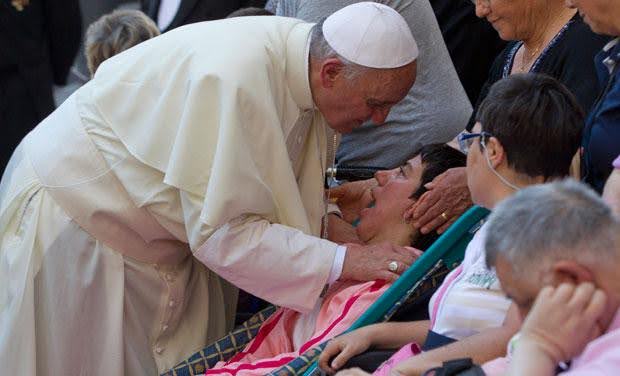By Mirna Fahmy
- Core Themes of His Papacy:
- Global Diplomacy and Criticism
- The World’s future direction in the wake of his death
On April 21, 2025 — Easter Monday — the world awoke to news that cast a solemn shadow over a day of resurrection and hope: the passing of Pope Francis III. Known globally as the most humble and peace-seeking spiritual leader of his generation, the 88-year-old pontiff died peacefully at 7:35 a.m. in his residence at the Vatican’s Casa Santa Marta.
The formal announcement came two hours later, delivered by Cardinal Kevin Farrell, Camerlengo of the Holy Roman Church, who expressed deep sorrow and gratitude for a life devoted to service, especially to society’s poor and forgotten. The Vatican later confirmed the cause of death as stroke, coma, and irreversible cardiovascular collapse, compounded by preexisting conditions including bilateral pneumonia, bronchiectasis, hypertension, and type II diabetes.
Despite fragile health in his final months, Pope Francis III made a public appearance during the Holy Week liturgies, participating in the Easter celebrations from a wheelchair — a quiet testament to his enduring commitment to his flock even as his strength waned.
Elected in March 2013 following the historic resignation of Pope Benedict XVI, Francis III served as the 266th pontiff of the Roman Catholic Church for over 12 years. His election marked several firsts: the first Latin American pope, the first Jesuit pope, and the first to take the name “Francis” — a symbolic nod to Saint Francis of Assisi, patron of humility and peace. His papacy unfolded as one of reform, simplicity, and bold social advocacy. He wore planer vestments, opted for modest accommodations, and often bypassed Vatican protocol in favor of pastoral closeness.
Global tributes poured in as news of his passing spread. Church bells rang out across Rome. U.S. Vice President J.D. Vance, who had met the Pope just one day earlier, expressed his sorrow and extended condolences to Christians worldwide. Argentina’s President Javier Milei mourned the loss of his countryman, while Irish Taoiseach Micheál Martin praised the pontiff’s compassion and his advocacy for abuse victims and marginalized communities. British Prime Minister Keir Starmer hailed him as a “pope of the poor, the downtrodden, and the forgotten,” commending his steadfast hope amid a turbulent world.
The significance of Francis III’s papacy was rooted in his efforts to realign the Church with the challenges of the 21st century. He prioritized mercy, justice, and ecology, bringing the Church into conversation with contemporary global crises. While his progressive stances earned admiration from many, they also sparked tension with traditionalists — a dynamic that came to define the internal and external contours of his leadership.
In keeping with the humility that marked his life and papacy, Pope Francis III left clear instructions in his will: he wished to be buried not in the grand tombs of St. Peter’s Basilica, but in the more modest Papal Basilica of St. Mary Major, where he often prayed. His tomb, he requested, should carry only the inscription “Franciscus.” The burial expenses were covered by a benefactor he personally named — a final gesture of quiet simplicity from a man who once said, “A shepherd must smell like his sheep.”
Core Themes of His Papacy:
Pope Francis III’s papacy was marked by several core themes that deeply influenced Catholic spirituality, social teaching, environmental advocacy, interfaith relations, and responses to contemporary challenges.
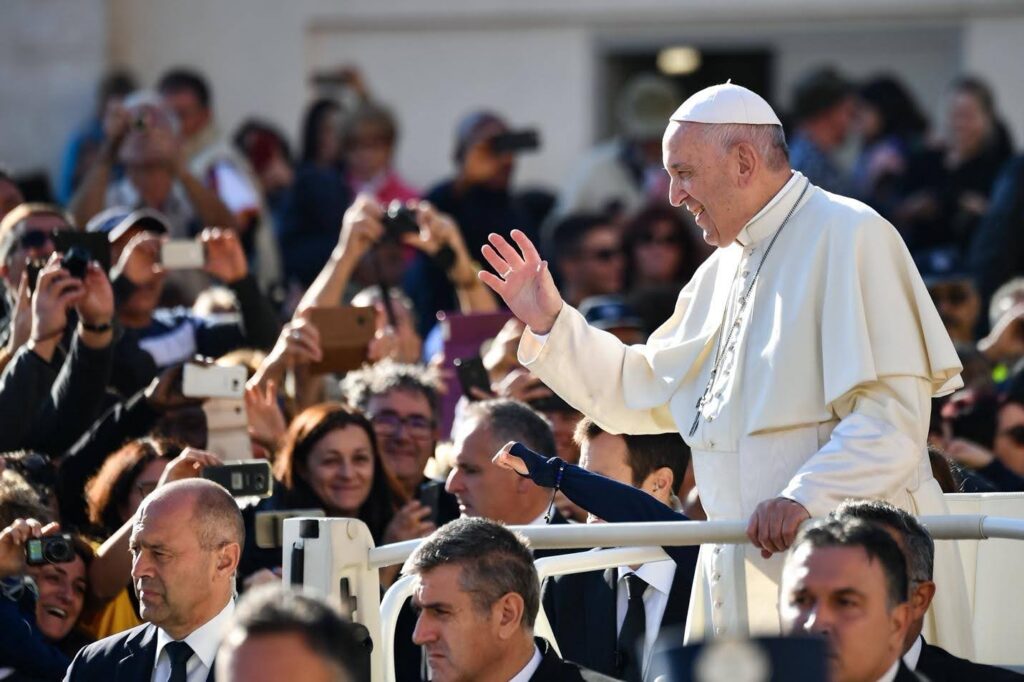
Spiritual Leadership and church reforms
Mercy was the foundational theme of his papacy, described as “the very foundation of the Church’s life” and its “primary task.” He emphasized God’s mercy as central to Christian identity and mission, initiating the Jubilee of Mercy (2015-2016) to renew the Church’s focus on forgiveness and compassion. He established the Missionaries of Mercy, priests empowered to grant special absolutions, making mercy a permanent structural emphasis in the Church.
Pope Francis affirmed the liturgical reforms of the Second Vatican Council as “irreversible,” emphasizing that the liturgy must be a “living” participation of the faithful, centered on the presence of Christ and involving the whole people of God rather than being clerical or spectator-based. He called for deeper understanding and internalization of the reforms’ principles rather than a rollback.
The Pope pursued reforms aimed at greater financial transparency, curbing corruption, and improving governance within the Vatican. His papacy faced resistance from conservative factions but remained committed to renewal and modernization in line with his vision of a merciful and humble Church.
Social Justice and Advocacy
A son of Latin America, Pope Francis brought to the Vatican a deep awareness of inequality, poverty, and displacement. He expressed strong opposition to the mass deportations and the harsh immigration policies implemented by the Trump administration. Pope Francis warned that such policies “will end badly” and urged Catholics to reject anti-immigrant narratives, emphasizing the importance of compassion and understanding towards migrants.
He has supported U.S. bishops in their efforts to protect migrants and has made impassioned pleas to end crackdowns on illegal migration, particularly in Europe. He emphasized that while it is necessary to regulate migration legally, it is unjust to expel people solely based on their illegal status.
This has sparked many divisions and controversies among those who oppose illegal immigration sternly like the right-wing parties and Conservatives.
In the U.S., his criticism of President Donald Trump’s immigration policies—such as the border wall and family separations—heightened tensions. Pope Francis condemned these measures as immoral and contrary to Catholic values, while Trump and his allies, including Vice President J.D. Vance (a Catholic convert aligned with conservative doctrine), viewed the pope as an adversary.
LGBTQ people who have been on the debatable narrative, didn’t slip from the Pope’s inclusion and importance reflecting a more inclusive approach compared to some of his predecessors.
In January 2023, Pope Francis stated, “Being homosexual isn’t a crime,” and criticized laws that criminalize homosexuality as “unjust.” He emphasized that God loves all His children as they are. He has consistently emphasized the need to accept, welcome, and accompany LGBTQ people, including LGBTQ children. He has denounced laws that discriminate against them and has called for a more compassionate approach.
While affirming that homosexuality is not a crime, Pope Francis has also stated that any sexual act outside of marriage is considered a sin according to Catholic doctrine. This reflects the church’s traditional stance on sexual morality. He once allowed an LGBTQ+ advocacy group to participate in a parade and included gay, trans, and HIV+ prisoners in a luncheon.
On gender roles, Pope Francis made cautious yet clear strides toward women’s inclusion. He appointed women to senior Vatican positions and advocated for expanded leadership opportunities — challenging the historic male dominance within Church hierarchy.
Interfaith Dialogue
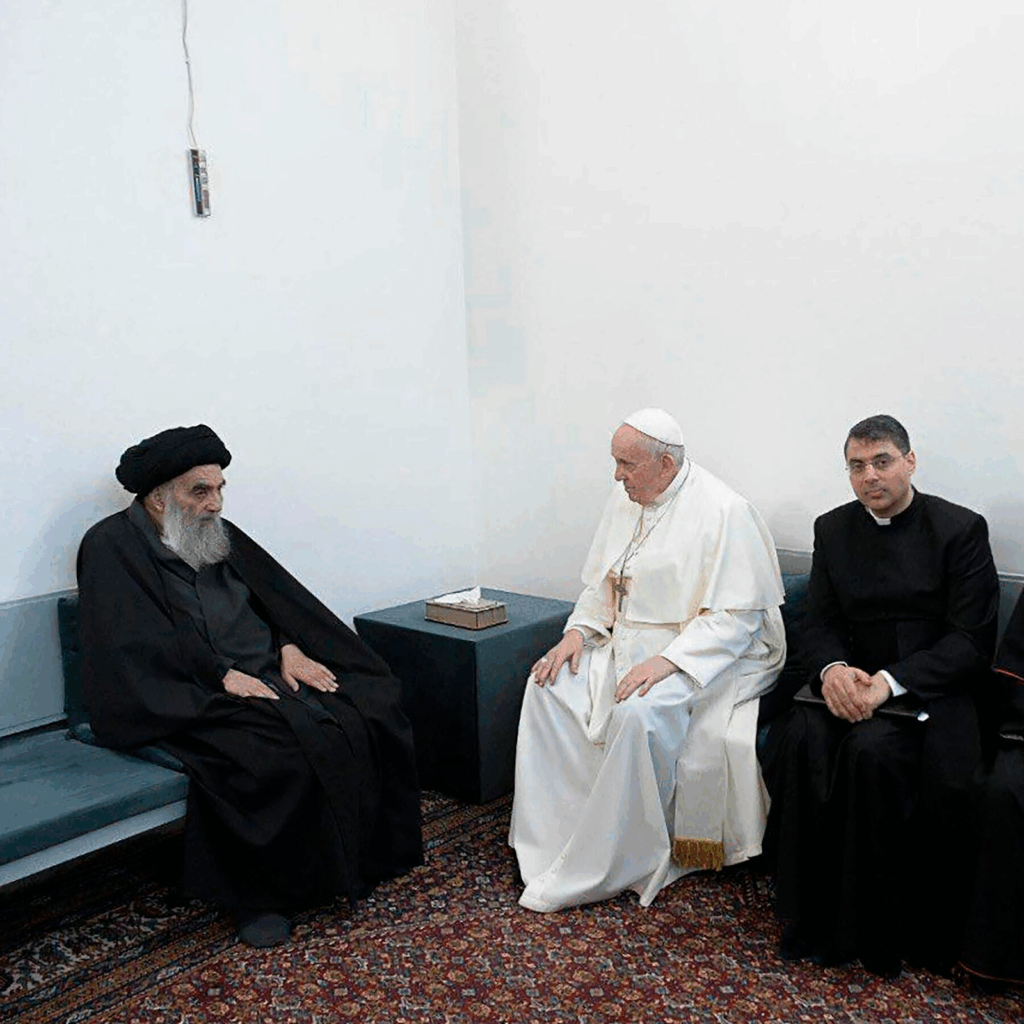
Pope Francis was a bridge-builder among religions fostering interfaith dialogue and unity.
Outreaching Islam, the peace builder Pope made a historic visit to Iraq, in March 2021, where he met with Grand Ayatollah Ali al-Sistani, a leading Shiite cleric. This meeting was hailed as a powerful gesture of reconciliation in a region torn by sectarian violence promoting interfaith dialogue and understanding between Christians and Muslims.
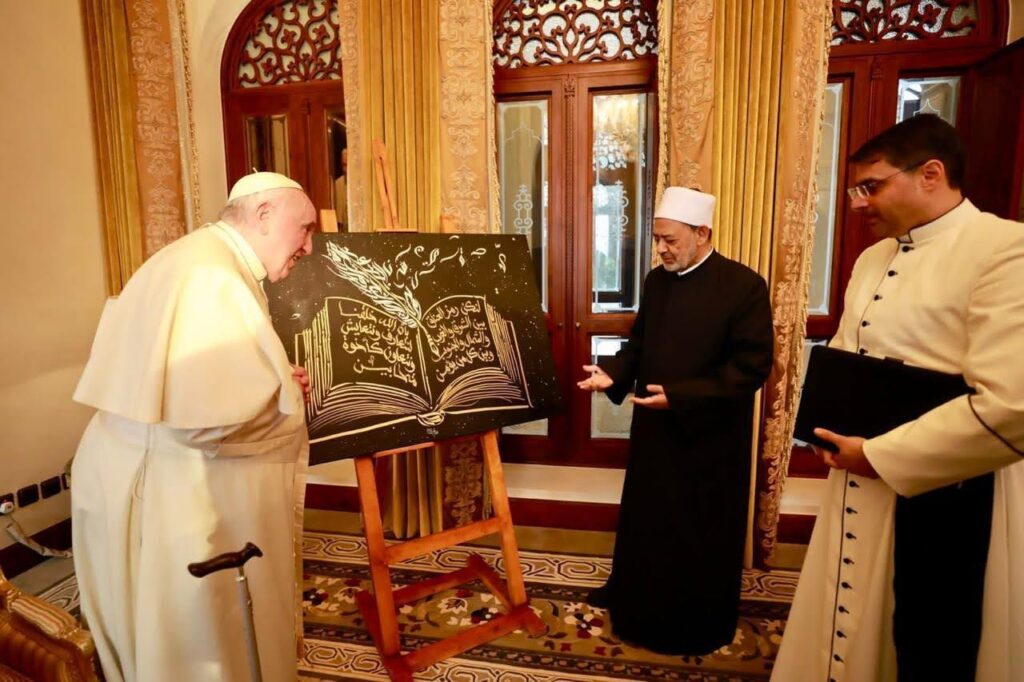
In February 2019, Pope Francis and Sheikh Ahmed el-Tayeb, the Grand Imam of Al-Azhar, the largest Islamic teaching institute of Egypt and the Muslim World, signed the “Document on Human Fraternity” in Abu Dhabi, promoting peace and coexistence among different faiths. The Grand Imam has mourned him on his personal social media accounts and the institute issued a statement of mourning and confirming a high-level delegation to attend his funeral.
The Pope visited Türkiye in 2014, engaging in interfaith dialogue by praying with Muslim clerics in Istanbul’s Blue Mosque. His 2014 visit to Albania highlighted religious harmony in a country recovering from decades of atheist dictatorship and conflict. In 2016, he visited Georgia and Azerbaijan, focusing on interreligious dialogue and tolerance.
He didn’t feign any ignorance of Judaism. He has visited synagogues, including the Great Synagogue of Rome, emphasizing the importance of Jewish-Christian relations and mutual respect. He has consistently condemned anti-Semitism and has called for stronger ties between Catholics and Jews.
In an attempt for unity, Pope Francis has engaged in ecumenical dialogue with various Christian denominations, including the Orthodox Church. He has met with Patriarch Bartholomew I of Constantinople and other Orthodox leaders such as the Coptic Patriarch Tawadros II to promote unity especially the Easter celebrations.
Emphasizing the importance of serving others, regardless of their faith or background, in 2016, Pope Francis washed the feet of 12 refugees––symbolizing the 12 apostles––Muslim, Hindu, and Christian refugees at a shelter in Castelnuovo di Porto, Italy. This event took place during the Maundy Thursday service, which is part of the Easter celebrations.
Global Diplomacy and Criticism
In a world fractured by war, sectarian tensions, and polarized politics, Pope Francis III stood as an unwavering advocate for peace — a position that, while grounded in spiritual conviction, often placed him at the heart of controversy.
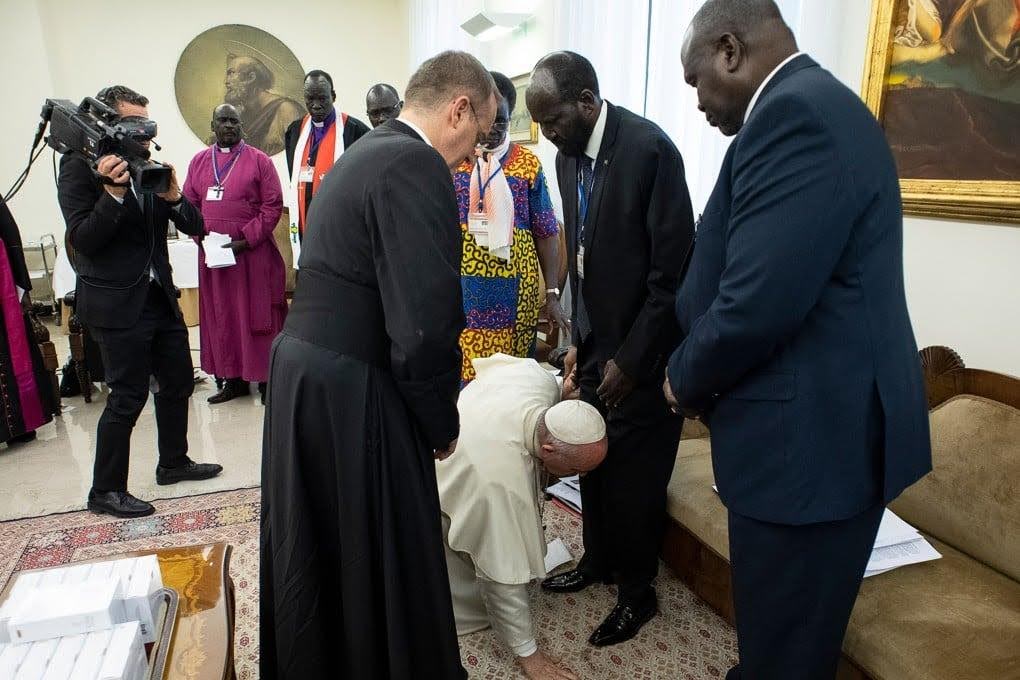
Among the most contentious geopolitical flashpoints during his papacy was the Israeli-Hamas war. While much of the international community, including some Arab and Muslim states, condemned the Hamas attacks of October 7, Pope Francis chose a different path — one guided by humanitarian concern rather than political alignment. He issued repeated calls for the protection of civilians and the continuation of humanitarian aid into Gaza, urging the world to preserve compassion amid devastation. His solidarity with Gaza’s Christian population was especially personal; he maintained near-daily video calls with Christian families inside the besieged strip, checking on their welfare.
Because of this stance, the Israeli government deleted a post on X offering condolences for the death of Pope Francis, without providing an official explanation. Local media reported that the deletion stemmed from the late Pope’s criticism of Israel’s military campaign in Gaza. The post, which originally read “Rest in peace, Pope Francis, may his memory be blessed” and featured a photo of him in Jerusalem, was later removed. The Jerusalem Post quoted Israeli Foreign Ministry officials who said the post had been made “by mistake” and cited the Pope’s “statements against Israel” as the reason for its retraction.
His unwavering appeal for a two-state solution — a stance rooted in Vatican diplomacy — sought to revive dialogue between Israelis and Palestinians. However, a remark he made referring to Jesus as “a Palestinian” ignited a global backlash. Though the statement was widely interpreted as a call for unity among peoples of the Holy Land, critics accused the pontiff of historical revisionism and of politicizing religious identity. The Vatican later clarified that the comment was not meant as a political declaration, but the controversy nonetheless deepened divides.
Similarly, in the context of the Russia-Ukraine war, Pope Francis was criticized for what some saw as an overly neutral stance. He refrained from explicitly condemning Russia’s invasion, instead framing the conflict as a humanitarian catastrophe that must be resolved through dialogue. His vision of “negative peace” — an end to violence as a precursor to “just peace” — prioritized ceasefires and negotiations, a view at odds with those calling for a more forceful moral stand against aggression.
Prioritizing peace over the lives of the people killed in the war, he bent and kissed the legs of Sudan’s leaders asking them to stop wars that annihilate lives.
This diplomatic caution was not new. Earlier in his papacy, he led peace vigils for Syria that were widely credited with influencing Western hesitation toward military intervention. His approach consistently favored reconciliation over retaliation, often frustrating critics who sought bolder condemnations of authoritarian regimes.
The Pope’s diplomatic outreach, particularly his alignment with former U.S. President Barack Obama on matters like the Iran nuclear deal and the normalization of relations with Cuba, further polarized his perception. In the eyes of conservative politicians and commentators — especially during the Trump era — Pope Francis was seen as a left-leaning moral authority. His sharp critiques of then-President Donald Trump’s immigration policies and rhetoric only reinforced this image, making him a divisive figure within U.S. Catholic circles.
Yet Pope Francis’ commitment to peace extended beyond words. In November 2015, he became the first pope to enter an active war zone, visiting the Central African Republic at the height of its civil conflict. The visit, symbolic yet daring, underscored his belief that the Church must be present among the suffering, not distant from their plight.
Throughout his tenure, Pope Francis remained steadfast in his commitment to diplomacy, dialogue, and human dignity — even when those principles drew ire. His global political legacy is one defined not by appeasement, but by an unyielding conviction that peace, however controversial, must always be pursued.
The World’s future direction in the wake of his death
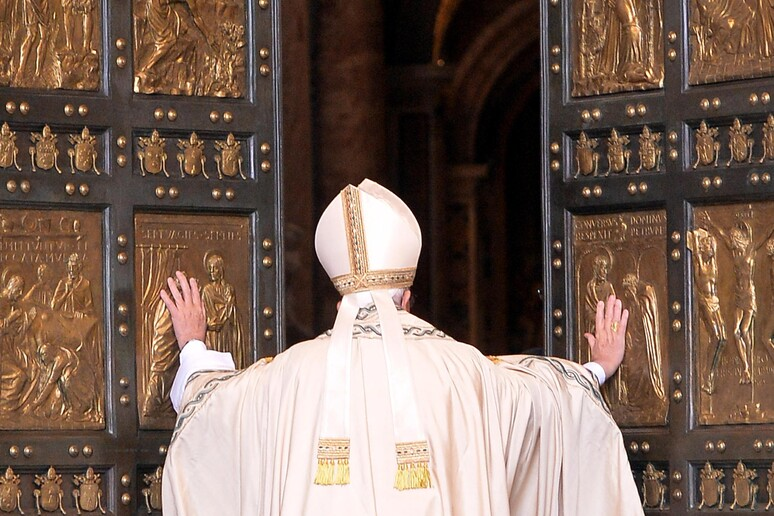
Pope Francis left behind a legacy defined by global engagement, pastoral reform, and a vision of a more humble, inclusive, and dialogical Church. His emphasis on mercy over judgment, and encounter over exclusion, reshaped the papacy’s tone and reach in the 21st century.
With his passing, the Catholic Church has entered the sede vacante—the period between pontificates. During this time, Cardinal Kevin Farrell, the current Camerlengo, assumes administrative responsibilities, while Cardinal Giovanni Battista Re, Dean of the College of Cardinals, oversees preparations for the funeral and the forthcoming conclave.
The conclave, anticipated to take place in early to mid-May, will gather around 135 cardinal electors under the age of 80 in the Sistine Chapel. This will be after Pope Francis’ Funeral that will be held on Saturday 26, 2025 in St. Peter’s Basilica in Vatican City, where world leaders, religious figures, and faithful from around the globe are expected to gather.
To elect the next pope, a two-thirds majority is required. While there is no requirement for the pontiff to be European—or even from the clergy of Rome—the selection will undoubtedly reflect the direction the Church intends to take.
Significantly, approximately 80% of the cardinal electors were appointed by Pope Francis himself. This has produced the most geographically diverse College in modern history, with less than half hailing from Europe—a shift that increases the prospect of a non-European pope and reflects the Church’s global demographic realities.
Still, despite Pope Francis’ imprint on the College, the electors defy easy categorization into “progressive” or “traditionalist” camps. Many analysts caution against over-simplified labels, as the ideological spectrum within the conclave is fluid and often shaped by regional concerns, pastoral priorities, and theological nuances. As such, the outcome remains highly unpredictable.
On social media, speculation about papal contenders has intensified, with informal rankings emerging that group potential candidates into conservative, moderate, and liberal camps. Amid a broader global shift toward right-wing politics—driven in part by debates over Muslim immigration and the perceived erosion of European identity—some voices are calling for a pope who will reaffirm “traditional Christian values” over multicultural or inclusive reforms.
Yet the conclave is rarely a mirror of external politics. Instead, it is a closed-door discernment process that balances doctrinal continuity with evolving global challenges. Whether the Church chooses to deepen Francis’ reformist path or recalibrate toward conservatism, the next pope will inherit not only his predecessor’s spiritual mission but also the weight of a world in flux.

